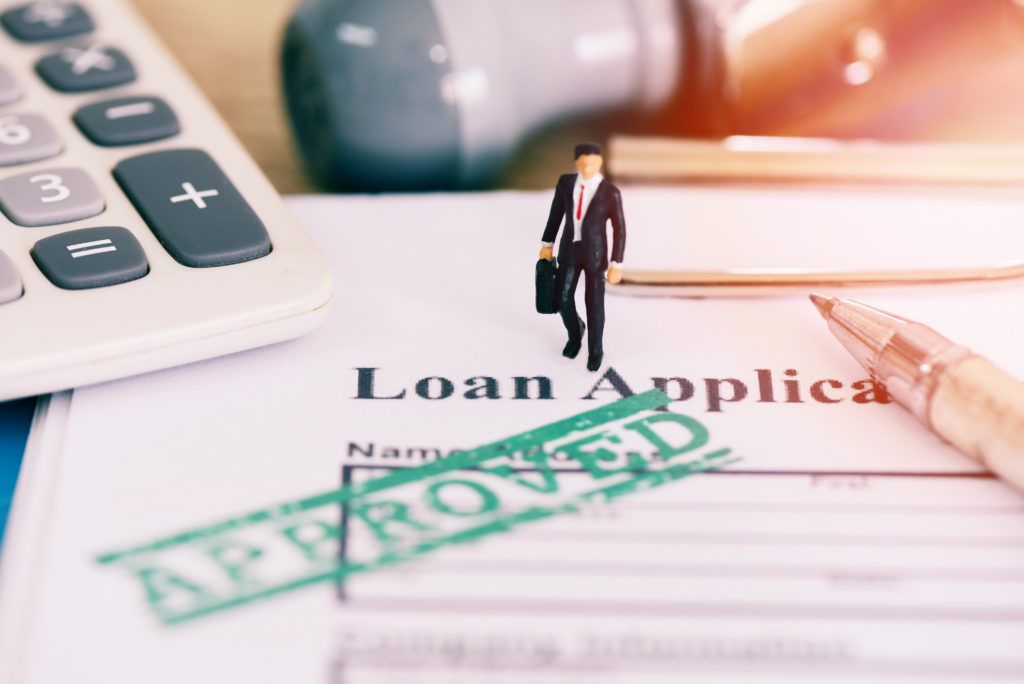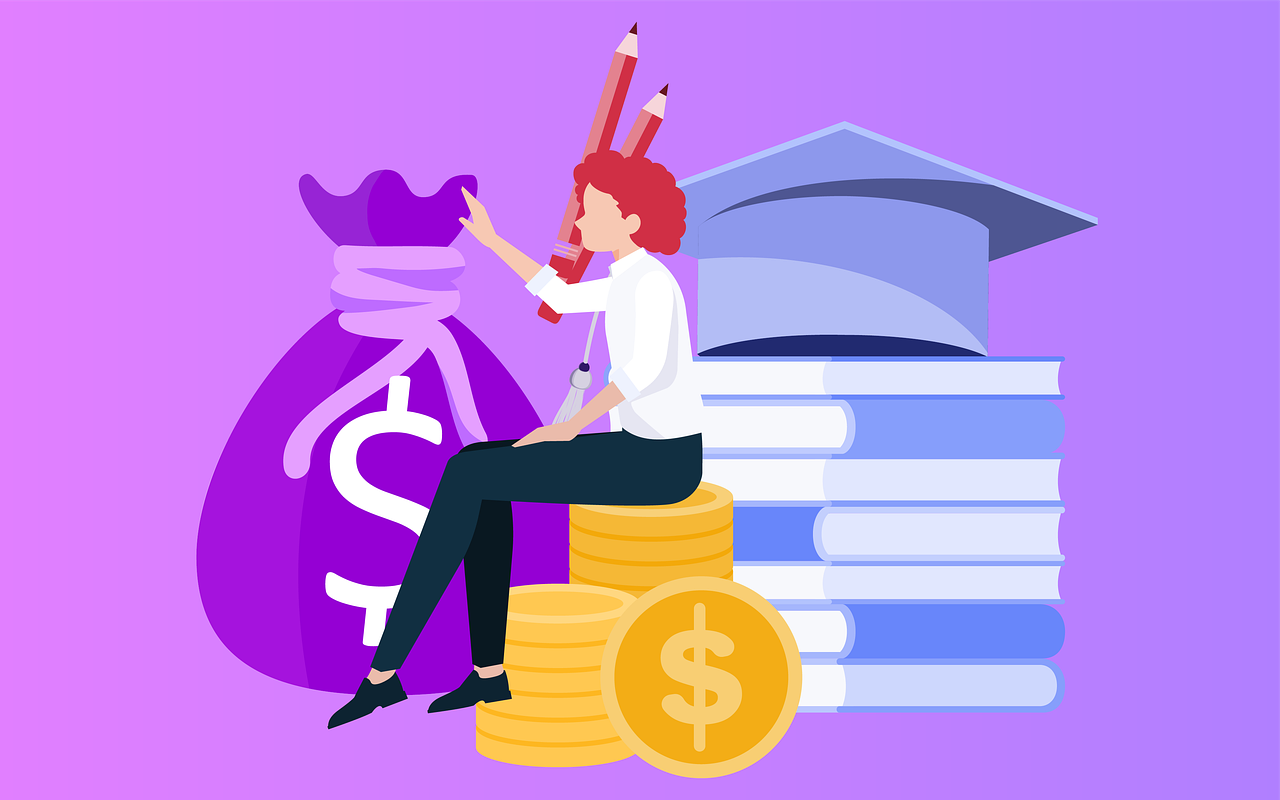Getting approved for student loan forgiveness can be a complex process. The first step is to make sure you meet the eligibility requirements and file your paperwork with the proper government organization. To help, we’ve outlined how to get approved for student loan forgiveness in this article!
What is student loan forgiveness, and how does it work?
Student loan forgiveness is a process where the federal government cancels all or part of your student loan debt. To qualify for student loan forgiveness, you must meet specific eligibility requirements like income-driven repayment plans or public service.
What are the eligibility requirements for student loan forgiveness?
There are several different types of student loan forgiveness programs, and each program has its own set of eligibility requirements. However, some general eligibility requirements apply to most programs. You must:
- Have federal student loans in either the Direct Loan or Federal Family Education Loan (FFEL) programs.
- Be enrolled in a qualifying repayment plan.
- Have made 120 qualifying payments on your Direct Loans (or be on track to make 120 qualifying payments)
- Have made your required payments for a certain number of years.
- Be enrolled in a qualifying repayment plan.
- Have made your required payments for a certain number of years.
How to get approved for student loan forgiveness?
Borrowers can do a few things to improve their chance of being approved for student loan forgiveness, including meeting eligibility requirements, submitting required documentation, and following up with their servicer.
Borrowers should first make sure they meet the eligibility requirements for the program they are interested in. The Department of Education has a comprehensive list of programs and their respective eligibility requirements on its website.
Next, borrowers need to gather all the required documentation and submit it to their servicer. This typically includes proof of income, employment, and residency. Again, borrowers can find a complete list of what is needed on the Department of Education’s website.
Finally, borrowers should follow up with their servicer if they have not received a decision within 60 days of submitting their application. Servicers are not always perfect, so borrowers may need to reach out to them if any issues or questions about their application.
To recap, here are the three things borrowers can do to improve their chance of being approved for student loan forgiveness:
Who qualifies for student loan forgiveness?
Many different programs offer student loan forgiveness. The most common type of student loan forgiveness is through the government’s Public Service Loan Forgiveness (PSLF) Program. To qualify for PSLF, you must meet specific requirements:
- Be employed full-time by a qualifying public service organization.
- Have federal student loans that are Direct Loans or have been consolidated into a Direct Loan? Are in repayment status, meaning you make monthly payments on your loans. Have completed 120 qualified expenses (meaning they were on time and fully covered the amount due).
What are other ways to get your student loans forgiven if you do not work for a qualifying public service organization?
Check out this list of popular student loan forgiveness programs:
- The Teacher Loan Forgiveness Program (TLFP).
- The Perkins Loans Cancellation and Discharge program.
- The Nurse Faculty Loan Forgiveness program.
- The Public Service Loan Forgiveness Program (PSLF).
- The John R. Justice Student Loan Repayment Assistance Program.
- AmeriCorps VISTA or National Civilian Community Corps loan forgiveness.
- The Military Spouse Career Advancement Accounts (MyCAA) loan forgiveness.
If you have private loans, you are not eligible for government student loan forgiveness programs. However, there are a few private loan forgiveness programs available. For example, the SoFi Student Loan Forgiveness Program will forgive up to $100,000 in loans for borrowers who work in public service or education.
The best way to find out if you’re eligible for student loan forgiveness is to speak with a loan specialist. They can help you determine which program is best for you and guide you through the application process.
Why should you apply for student loan forgiveness?
There are many reasons why you should apply for student loan forgiveness. One of the biggest reasons is that it can help you get out of debt faster. It can be hard to progress other obligations or save money for emergencies or retirement when you have student loan debt. Student loan forgiveness can help you get rid of your student loans much faster, freeing up more money each month to put towards other goals.
Another reason to consider student loan forgiveness is that it can give you a fresh start financially. If you’ve been struggling with payments for years, applying for student loan forgiveness may be the right choice for you. When your loans are forgiven, you’ll have a clean slate and can start fresh without those student loans hanging over your head.
Additionally, you shouldn’t be afraid to consider forgiveness as an option because there is a good chance that you will qualify for some student loan forgiveness program. However, it’s important to note that not all programs are created equal and may require different steps on the borrower’s part to be approved. So, before you apply for student loan forgiveness, it’s essential to do your research and find the program best suited for your needs.
When it comes down to it, there are many reasons why you should consider applying for student loan forgiveness. It can help you get out of debt faster, give you a fresh start financially, and is likely to be available to you. So, if you’re struggling with student loan payments, it’s worth your time to explore the different forgiveness programs available to you.
What are the benefits of applying for the program?
Lower monthly payments.
Student loan borrowers may be able to get their monthly payments reduced by up to 50% through income-driven repayment plans.
Loan forgiveness.
Depending on the plan, borrowers who participate in an income-driven repayment plan may have some of their student loans forgiven after 20 or 25 years.
Lower interest rates.
Because borrowers are making monthly payments based on their income, the interest they accrue on their loans is typically lower than what they would pay under a traditional repayment plan.
More time before having to pay off your loans.
If you want to take advantage of an income-driven repayment plan, there’s no need to apply right away for student loan forgiveness. Instead, you can typically enroll in these plans at any time during your college career or after graduating.
What are some tips and tricks for getting your application approved?
Be patient.
The application process can take some time, so be prepared to wait a few weeks for a decision. Also, don’t submit your application more than once.
Document everything.
Gather records that show how much you make, including pay stubs and tax returns if possible. If you want to apply for an income-driven repayment plan, submit copies of W-tax forms showing the amount of taxes withheld from your paycheck or proof of self-employment earnings on Schedule SE if applicable. Keep track of all communication with loan servicers as well—you may need it later when submitting applications. Stay organized!
Submit accurate information.
Make sure you provide all the necessary documentation and complete the application accurately. Any mistakes on your part could lead to a delay in getting your loan forgiven.
Stay current on your loans.
To qualify for student loan forgiveness, you must be up-to-date on your federal student loan payments. If you fall behind, you may lose eligibility for the program.
Submit an updated resume and proof of income if requested.
If the Department of Education requests additional information from you, make sure to submit it as soon as possible. This will help speed up the application process.
Keep in mind that not all student loans are eligible for forgiveness.
The Department of Education offers loan forgiveness for federal student loans, but private loans are not eligible.
What are the things you should know about student loan forgiveness before applying?
To be eligible for federal student loan forgiveness, you must meet several requirements. One of these is that your loans need to qualify under a government program or law. It would help if you also had employment in the public sector and a qualifying repayment plan, such as an income-based repayment plan.
The biggest hurdle by far is part of one of the nine categories listed above – having a high debt balance alone will not disqualify you from any programs. However, if this applies to you, it would behoove you to investigate what type of relief may be available based on your situation.
Start with finding out if any eligibility criteria are required before obtaining loan forgiveness. For example, some require service contracts while others do not; some only consider Perkins Loans, others only Direct Loans.
The Department of Education offers an online tool to help borrowers determine if they qualify for student loan forgiveness and the type of program they may be eligible. In addition, the Federal Student Aid website has a comprehensive list of all government loan forgiveness programs with eligibility requirements.
Once you have determined that you are eligible for one or more types of student loan forgiveness, the next step is to apply. Applying can be done through your federal loan servicer or the Federal Student Aid website. You will need to provide proof of income, employment, and enrollment status. If approved, your loans will be forgiven after you have completed the required number of payments according to your repayment plan.
In conclusion
There are several steps that borrowers can take to increase their chances of getting approved for student loan forgiveness. First, by understanding the eligibility requirements and preparing all necessary documentation, borrowers can give themselves the best chance possible of having their application approved.















